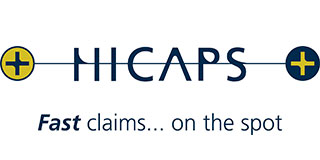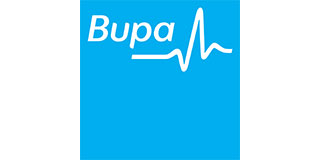Can Osteopathy Help With Tendonitis?
Tendonitis is a common yet often misunderstood condition that can affect people of all ages and activity levels. Whether caused by repetitive strain, overuse, or sudden injury, the pain and stiffness of tendonitis can interfere with daily life, sport, and work. Osteopathy can play an essential role in managing symptoms and supporting recovery through gentle, hands-on treatment that focuses on the body as a whole.
What Is Tendonitis?
Tendonitis is the inflammation or irritation of a tendon, the fibrous connective tissue that attaches muscle to bone. When a tendon becomes inflamed, it can cause localised pain, swelling, and reduced range of motion in the affected area.
It is most often seen in people who repeatedly perform the same movement, such as athletes, tradespeople, and office workers. Still, it can also develop following acute injury or age-related degeneration.
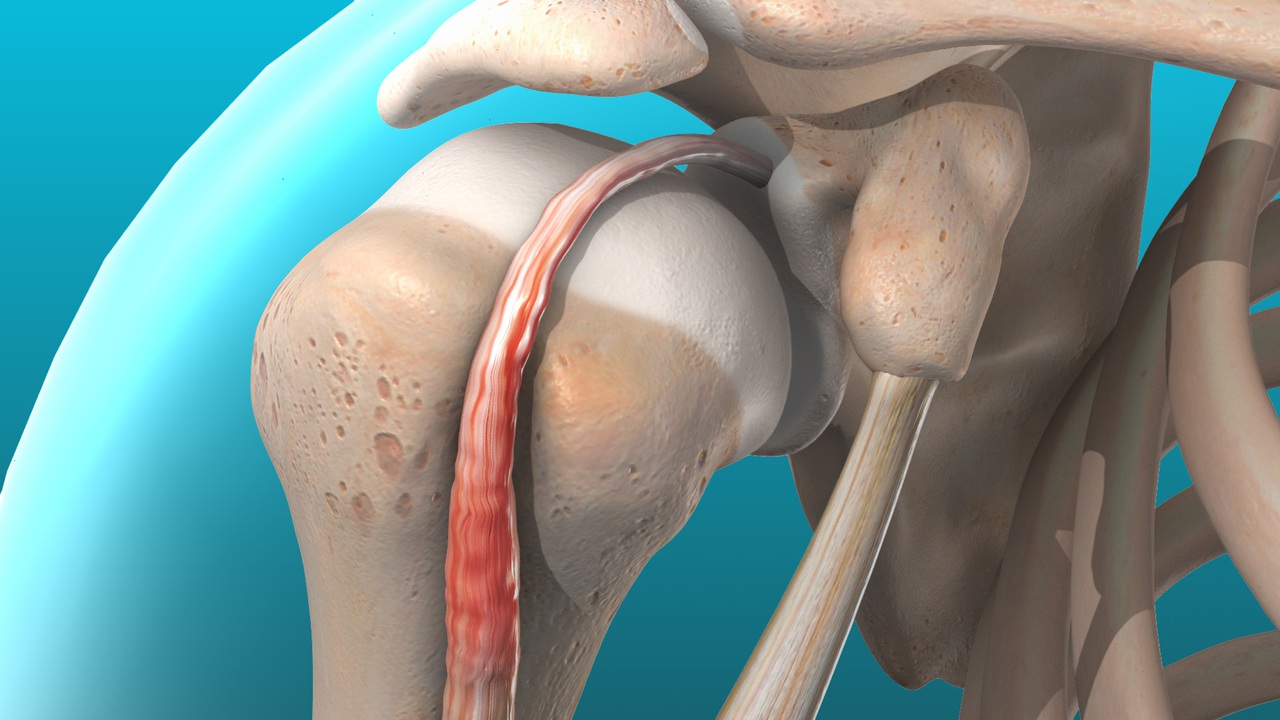
Tendonitis vs Tendinosis
While “tendonitis” and “tendinosis” are often used interchangeably, they describe different processes:
Tendonitis is acute inflammation of a tendon, often caused by a recent strain or overuse. It often improves with rest and treatment.
Tendinosis, on the other hand, refers to chronic degeneration of tendon tissue without significant inflammation. This typically develops from long-term overuse or delayed healing and can lead to a longer recovery.

Understanding the difference helps guide appropriate treatment, as chronic tendinosis may respond better to gradual strengthening, load management, and manual therapy rather than anti-inflammatory approaches alone.
Common Areas Affected by Tendonitis
Tendonitis can affect nearly any tendon in the body; however, certain areas are more susceptible to irritation, often due to repetitive activities or mechanical stress. The most commonly affected sites include:
- Shoulder (Rotator Cuff Tendonitis): Typically arises from repetitive overhead motions or poor postural habits.
- Elbow (Tennis or Golfer’s Elbow): Results from gripping actions or repetitive arm movements, leading to inflammation.
- Wrist Tendonitis: Frequently seen in individuals who spend long hours at computers or utilise tools consistently.
- Knee (Patellar Tendonitis): Common among athletes, particularly runners and jumpers, who put significant strain on the knee.
- Achilles Tendonitis: Often observed in active individuals such as runners, especially those with tight calf muscles.
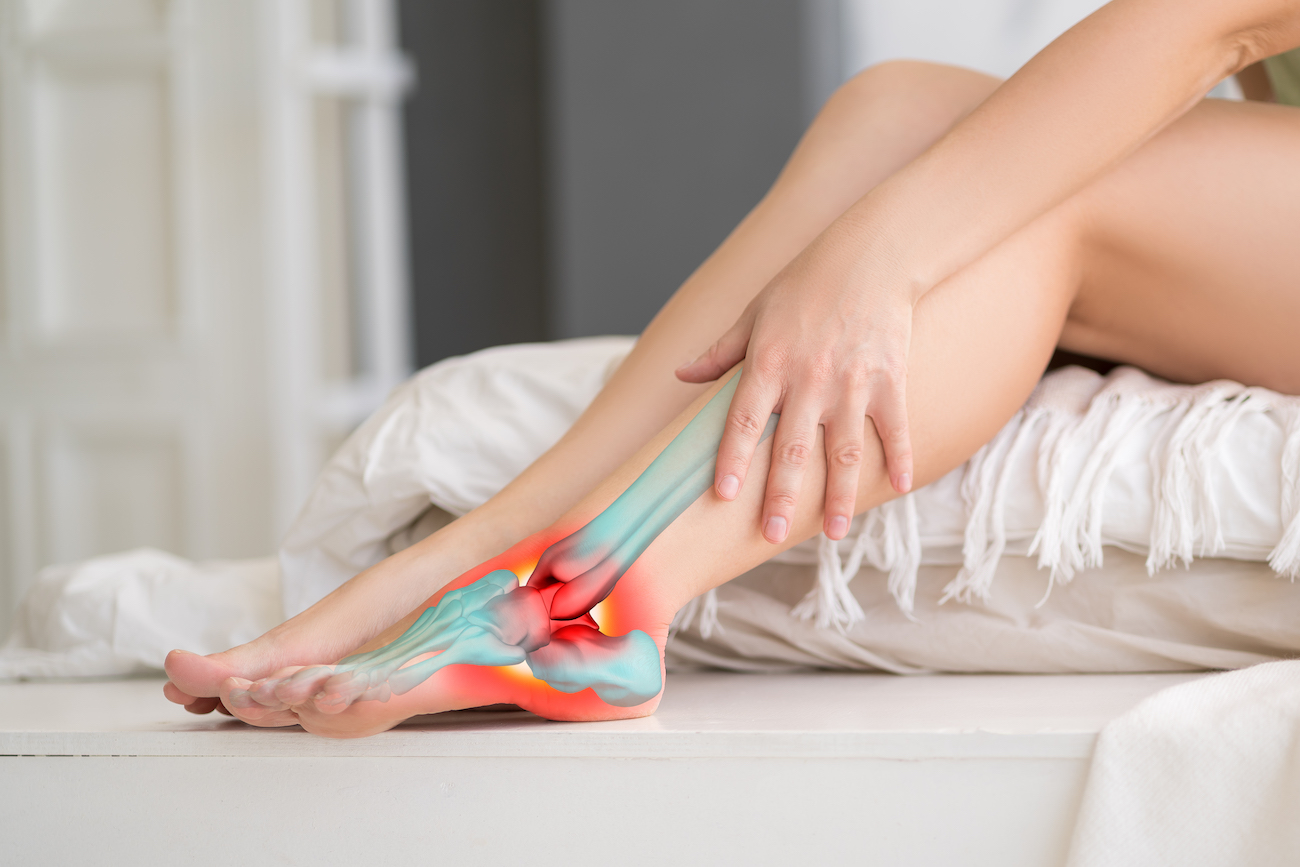
Types of Tendonitis
Tendonitis is classified primarily by its location and the nature of the stress applied to the tendon. The main categories include:
- Acute Tendonitis: Characterised by sudden inflammation, typically resulting from overexertion or an acute injury.
- Chronic Tendonitis: Involves ongoing or recurring inflammation due to continuous strain over time.
- Insertional Tendonitis: Occurs at the point where a tendon connects to the bone, most commonly seen with the Achilles tendon or elbow.
- Degenerative Tendonitis (Tendinosis): Features microscopic tears and degeneration of collagen due to extended overuse.
Causes of Tendonitis
The causes of tendonitis can vary widely between individuals, depending on lifestyle, occupation, and physical habits. In most cases, it develops from a combination of repetitive stress, biomechanical imbalance, and inadequate recovery. Understanding these contributing factors is essential in both preventing and treating the condition effectively.
Repetitive Motion
One of the most common causes is repetitive motion or overuse. When a muscle or tendon is repeatedly used without sufficient rest, the constant friction and microtrauma can lead to inflammation and irritation within the tendon sheath. This is why tendonitis frequently affects athletes, tradespeople, and individuals whose work involves repetitive arm, wrist, or leg movements, such as typing, painting, or running. Over time, small tears in the tendon can accumulate faster than the body can repair them, resulting in pain, swelling, and reduced function.

Increases in activity or training intensity
Another common trigger is a sudden increase in activity or training intensity. For example, someone returning to sport after a break or increasing their workout load too quickly may overload tendons that are not yet conditioned for the added strain. This abrupt jump in demand can lead to micro-injury and inflammation, particularly in areas such as the Achilles tendon or the rotator cuff. Gradual progression and adequate warm-up are key to reducing this risk.
Muscle imbalance or poor posture
Muscle imbalances and poor posture can also significantly contribute to the development of tendonitis. When specific muscles are stronger or tighter than others, they can pull joints out of their natural alignment and place uneven stress on the tendons that stabilise them. For instance, weak shoulder blade muscles combined with tight chest muscles may contribute to shoulder tendonitis, while poor sitting posture can aggravate wrist or elbow tendons. Maintaining balanced muscle strength and flexibility helps distribute force evenly across joints.
Biomechanical issues
Underlying biomechanical issues, such as flat feet, leg-length discrepancies, or joint misalignment, can further strain tendons. These mechanical inefficiencies cause tendons to work harder to maintain stability during movement. For example, flat feet can change gait patterns, placing extra pressure on the Achilles or patellar tendons. Addressing these issues through orthotic support or postural correction can be a vital part of long-term recovery and prevention.
Age
Age-related wear and tear is another critical factor. As we age, our tendons naturally lose elasticity and hydration, becoming less flexible and more prone to micro-tears. The reduced blood supply to tendons in older adults can also slow healing and make them more susceptible to chronic irritation, even with relatively minor activity.
Poor recovery between workouts or insufficient warm-up
Finally, poor recovery habits, such as inadequate rest between workouts, insufficient warm-up, or lack of stretching, can significantly increase the likelihood of tendonitis. When tendons are repeatedly stressed without time to recover, they remain in a state of low-grade inflammation, which can become chronic over time. Proper recovery, including rest, hydration, and progressive loading, is essential for maintaining tendon health.
In most cases, tendonitis develops from the combined action of multiple factors. Identifying and addressing the root cause, rather than just treating the pain, is the key to achieving lasting relief and preventing recurrence.
How Osteopathy May Help
Osteopathy is a holistic, hands-on approach to health that focuses on how the body’s structure and function work together. For tendonitis, an osteopath doesn’t just treat the painful area; they assess how surrounding joints, muscles, and postural patterns might be contributing to excessive stress on the tendon.
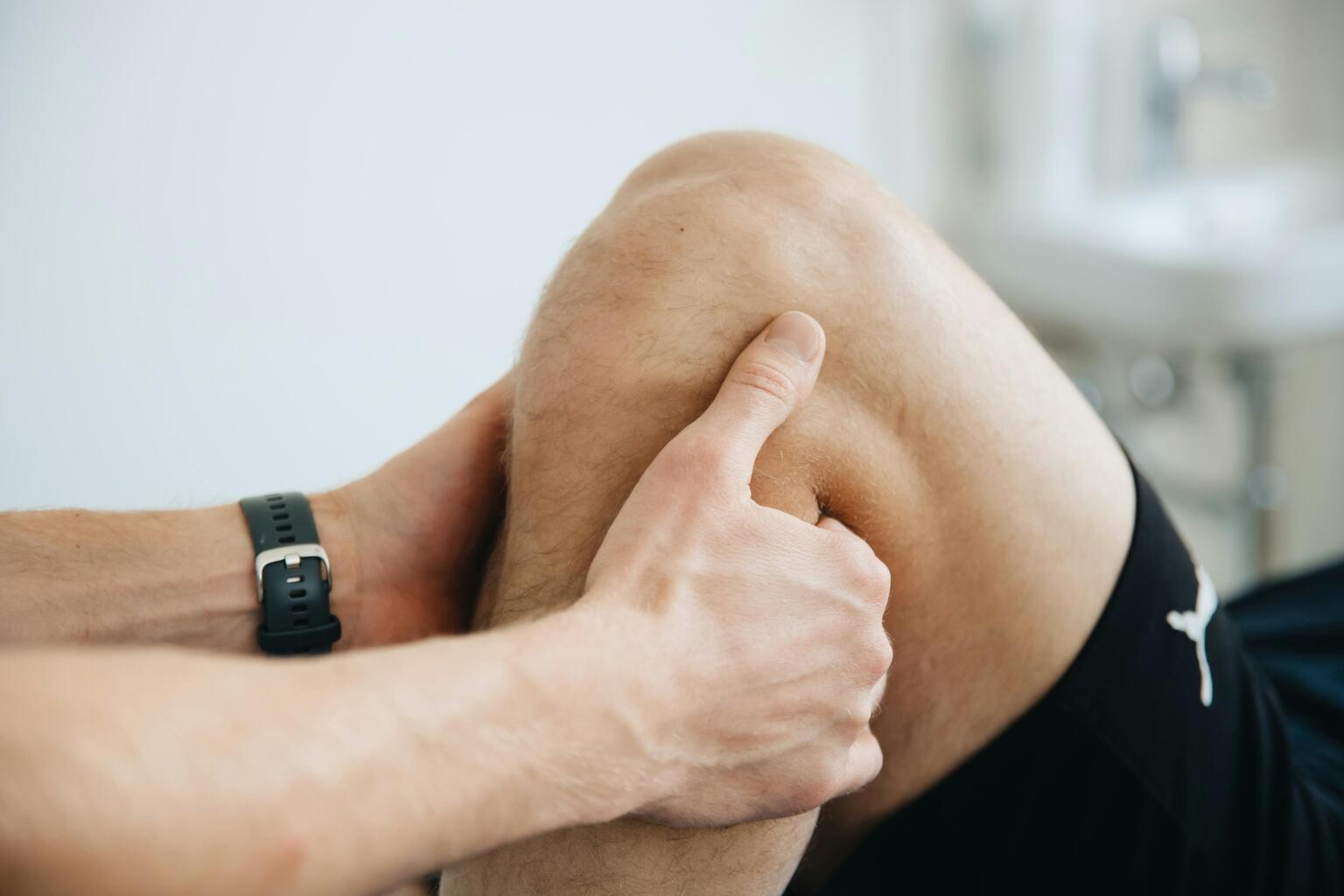
An osteopath may help by
- Reducing local strain: Through gentle soft tissue techniques, stretching, and mobilisation, osteopaths aim to relieve tension in affected muscles and tendons.
- Improving joint alignment and movement: Restoring normal motion in joints above or below the affected tendon helps reduce mechanical stress and promote healing.
- Enhancing circulation and healing: Osteopathic techniques can improve local blood flow and tissue oxygenation, supporting the body’s natural repair process.
- Addressing contributing factors: Postural corrections, ergonomic advice, and exercise guidance can help prevent recurrence.
- Supporting long-term recovery: Your osteopath may recommend strengthening and rehabilitation strategies tailored to your daily activities or sport.
By improving overall body function, osteopathy supports tendon tissue recovery while reducing pain and inflammation, without relying solely on medication.
Taking the Next Step
If you’re struggling with tendon pain or suspect tendonitis, a professional assessment can make all the difference. The Gold Coast Osteopathy team at Chirn Park Health Group offers personalised care designed to relieve discomfort, restore mobility, and address the underlying cause, not just the symptoms.
Our experienced osteopaths combine gentle manual therapy, education, and movement-based rehabilitation to help you move freely again and reduce the risk of future injury.
Please book your appointment today with our Gold Coast Osteopaths at Chirn Park Health Group and take the next step toward long-term tendon health and recovery.
Book a Gold Coast Osteopath Near Me
Disclaimer: This article is for general educational purposes only and should not replace professional medical advice. Always consult a qualified health practitioner for diagnosis and treatment appropriate to your individual circumstances.


